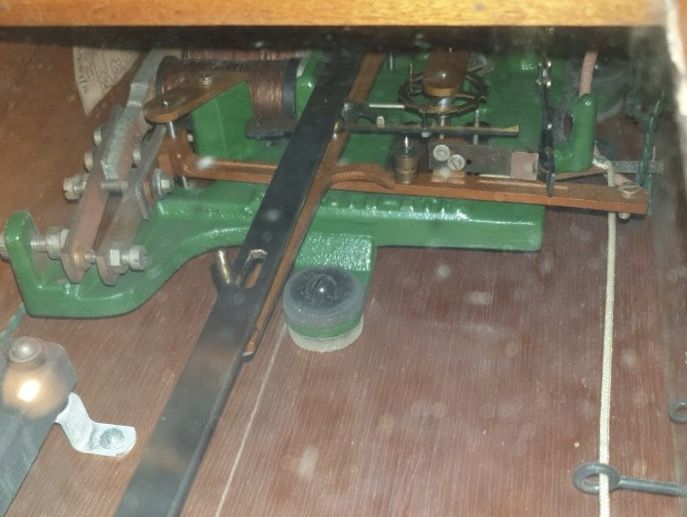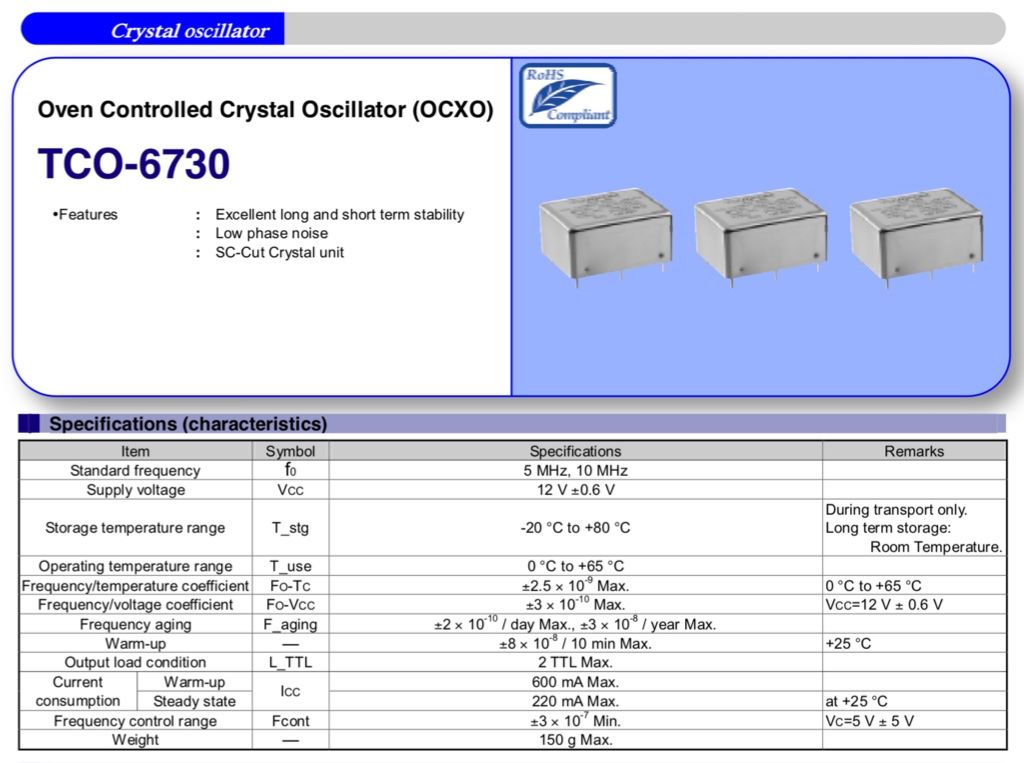Posted by Michael Gilligan on 15/06/2019 13:42:10:
Posted by SillyOldDuffer on 15/06/2019 09:57:56:
.
I've got a stalled Arduino 'Clock Analyser' project due to not solving the accurate clock problem! [ … ]
.
Dave
I think you have just made an excellent 'business case' justification for the GPSDO
Using GPS to 'discipline' an [already good] oven-stabiised Crystal Oscillator, is probably the most cost-effective way you will ever find of obtaining a reliable reference signal.
MichaelG.
Alas, Business Case fails on cost. I found a few GPSDO modules for sale at about £100 each. Would be possible to make one cheaper except a design goal was a high-end Clock Analyser that anyone could replicate with cheap readily available modules. Plug and play rather than grown-up electronics.
Wondering now about using a Wireless technology such as Bluetooth to link a GPS unit in the clear to the analyser-part indoors next to the pendulum. Unfortunately, although the radio link is quick ( say 0.1µS delay over 30 metres), encoding and decoding Bluetooth messages isn't. And a wireless link is more cost and complexity.
Very tempted to steal Robert's collection of Rubidium Oscillators, drool…
John's drunkards walk comment has me thinking too. It reinforces my original notion that a pendulum analyser needs to be able to see both micro-variations in time keeping and subtle long term effects.
My test pendulum may be misleadingly good in the sense it's not a realistic mechanical clock, hence me not seeing a drunkards walk during testing. It's a steel bob on a carbon-fibre thread energised by an optically triggered weak electromagnet. I suppose because the mechanical and temperature effects on the pendulum are low, it keeps remarkably good time. Better than 20ppm when running well and I got one run of 8ppm. This with the bob dangling from a wobbly Meccano gantry.
So good was the test pendulums performance, I've toyed with the idea of a properly engineered rigid frame mounted inside a length of 4" plastic drainpipe from which most of the air has been removed. I think a simple arrangement like that would outperform all but the best mechanical clocks, essentially by dodging the friction and impulse problems that make building accurate mechanical clocks seriously challenging.
Not quite as attractive as a well-made brass clock. I doubt anyone would admire 18" of old sewage pipe perched on my mantelpiece…
Dave
 Michael Gilligan.
Michael Gilligan.



 ictic
ictic


